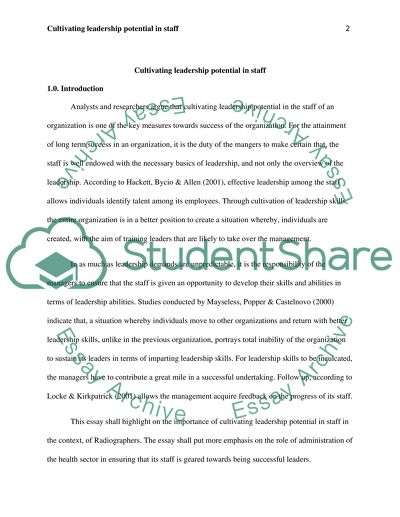Cite this document
(“Cultivating leadership potential in staff Term Paper”, n.d.)
Retrieved from https://studentshare.org/health-sciences-medicine/1394716-cultivating-leadership-potential-in-staff
Retrieved from https://studentshare.org/health-sciences-medicine/1394716-cultivating-leadership-potential-in-staff
(Cultivating Leadership Potential in Staff Term Paper)
https://studentshare.org/health-sciences-medicine/1394716-cultivating-leadership-potential-in-staff.
https://studentshare.org/health-sciences-medicine/1394716-cultivating-leadership-potential-in-staff.
“Cultivating Leadership Potential in Staff Term Paper”, n.d. https://studentshare.org/health-sciences-medicine/1394716-cultivating-leadership-potential-in-staff.


